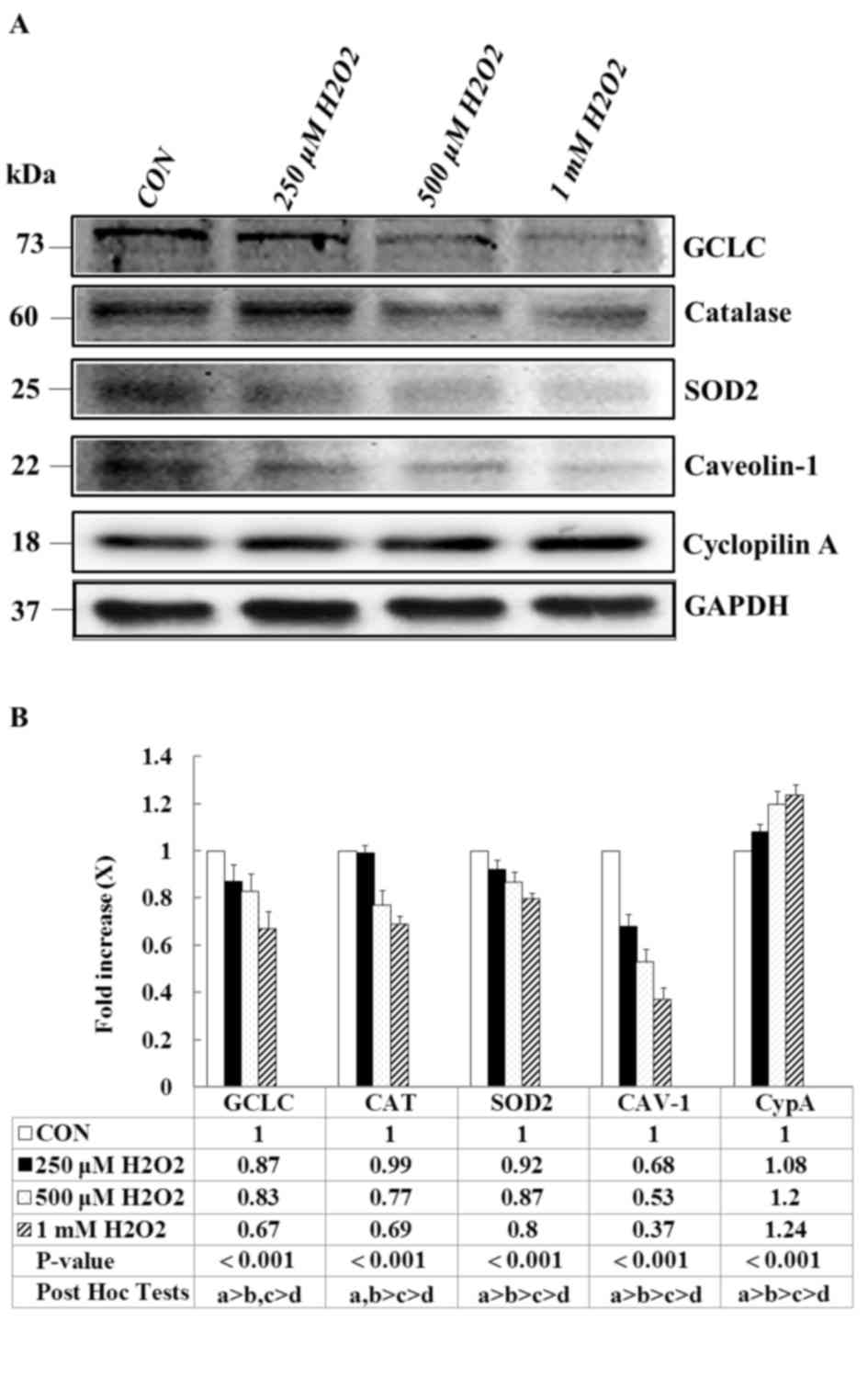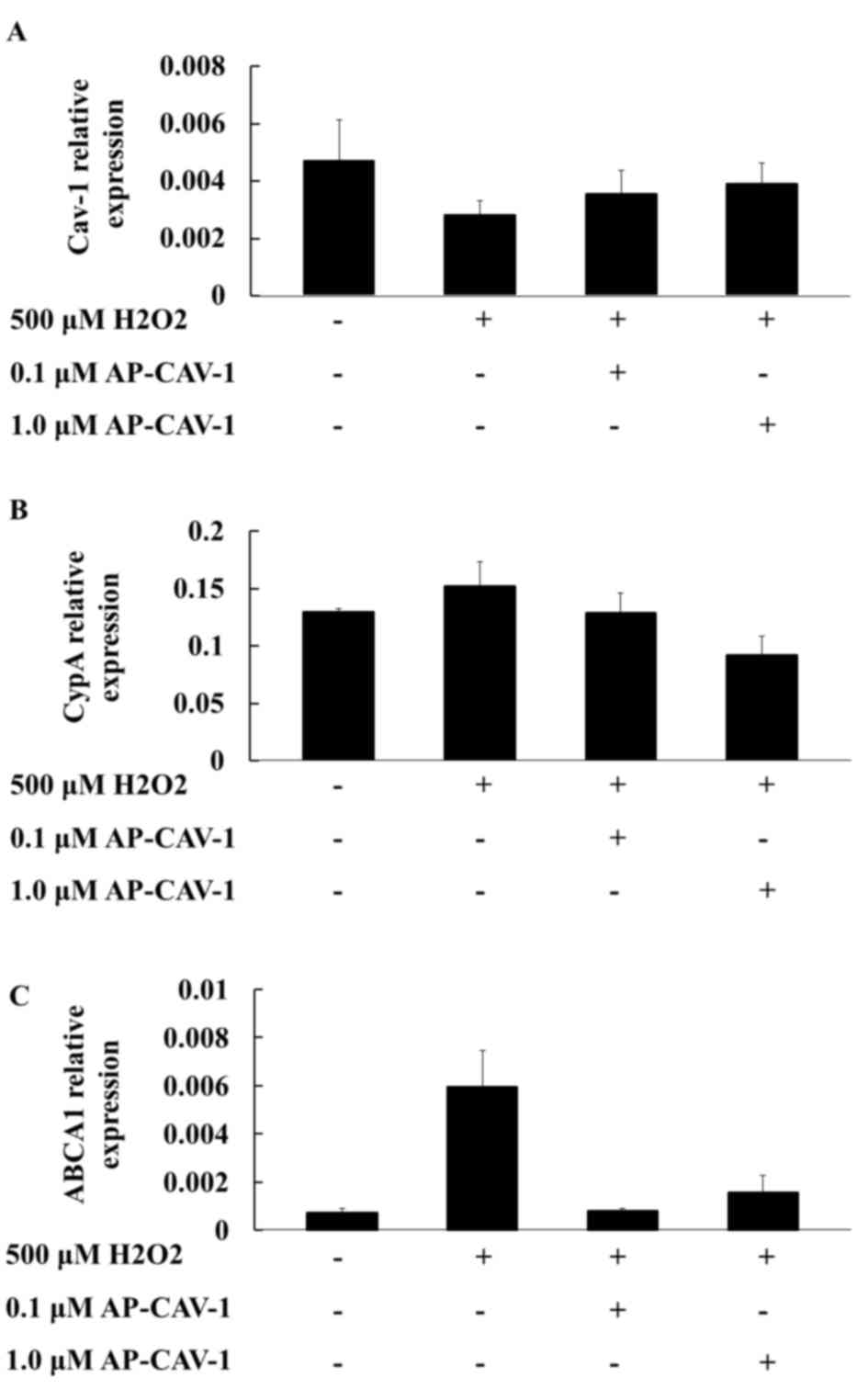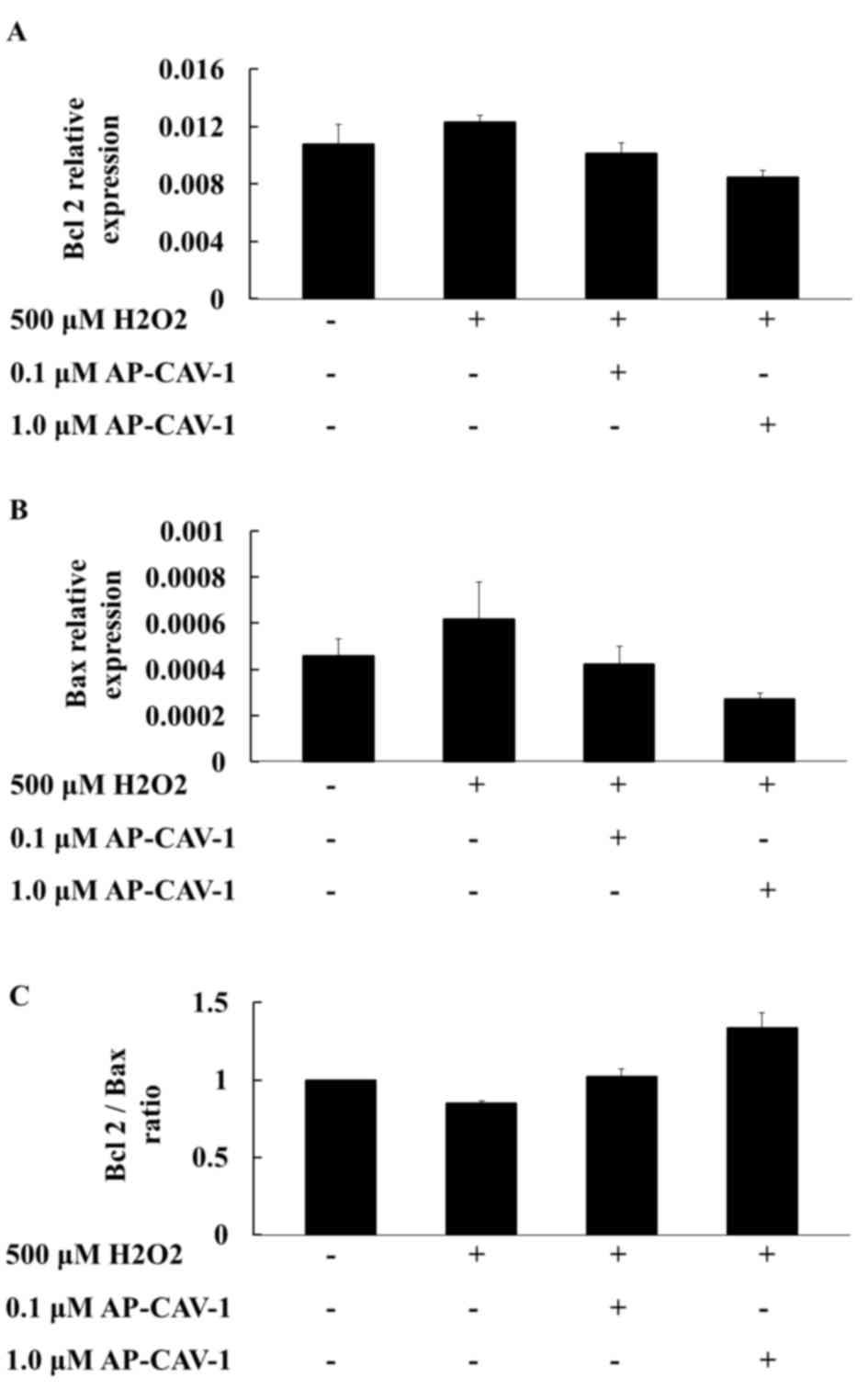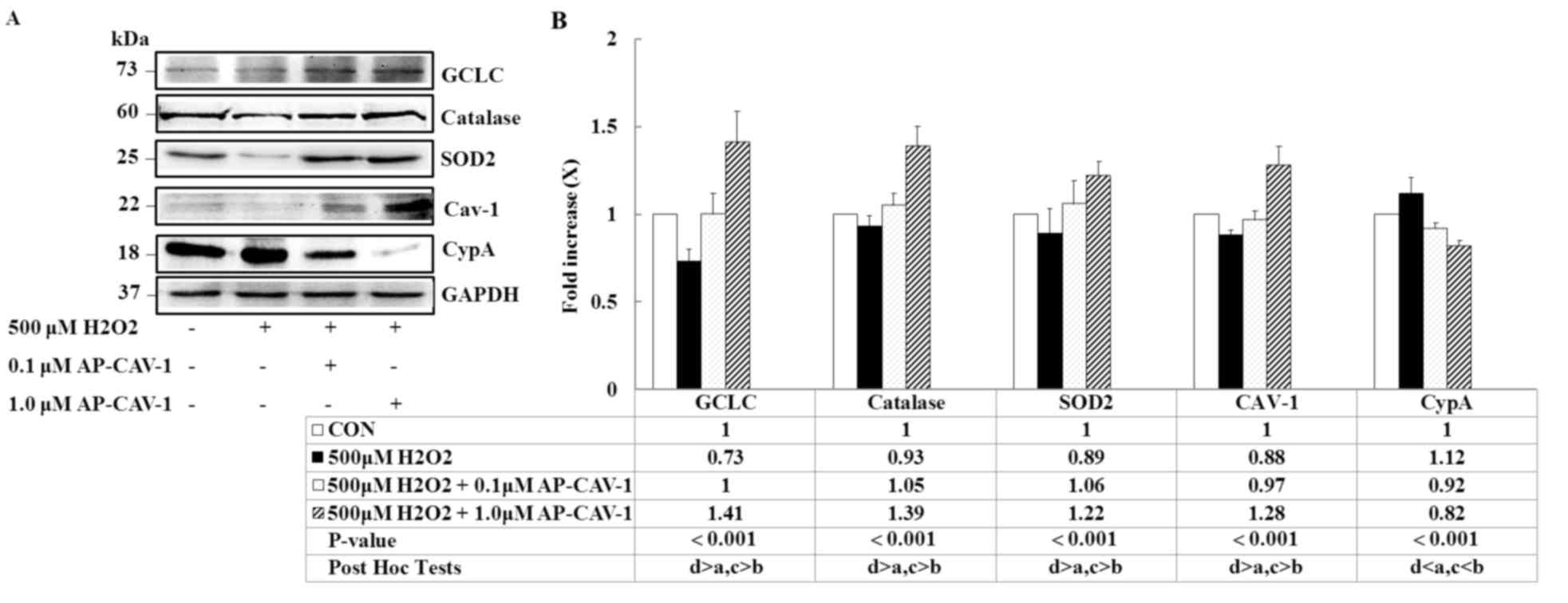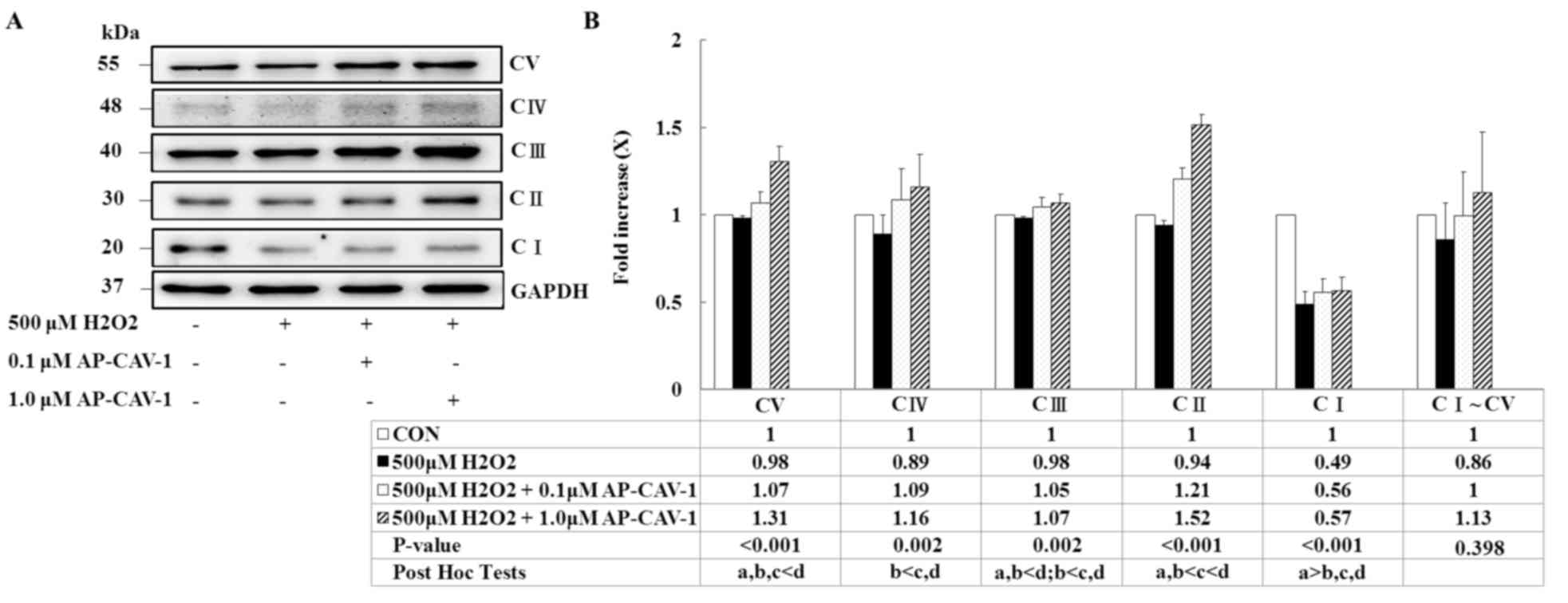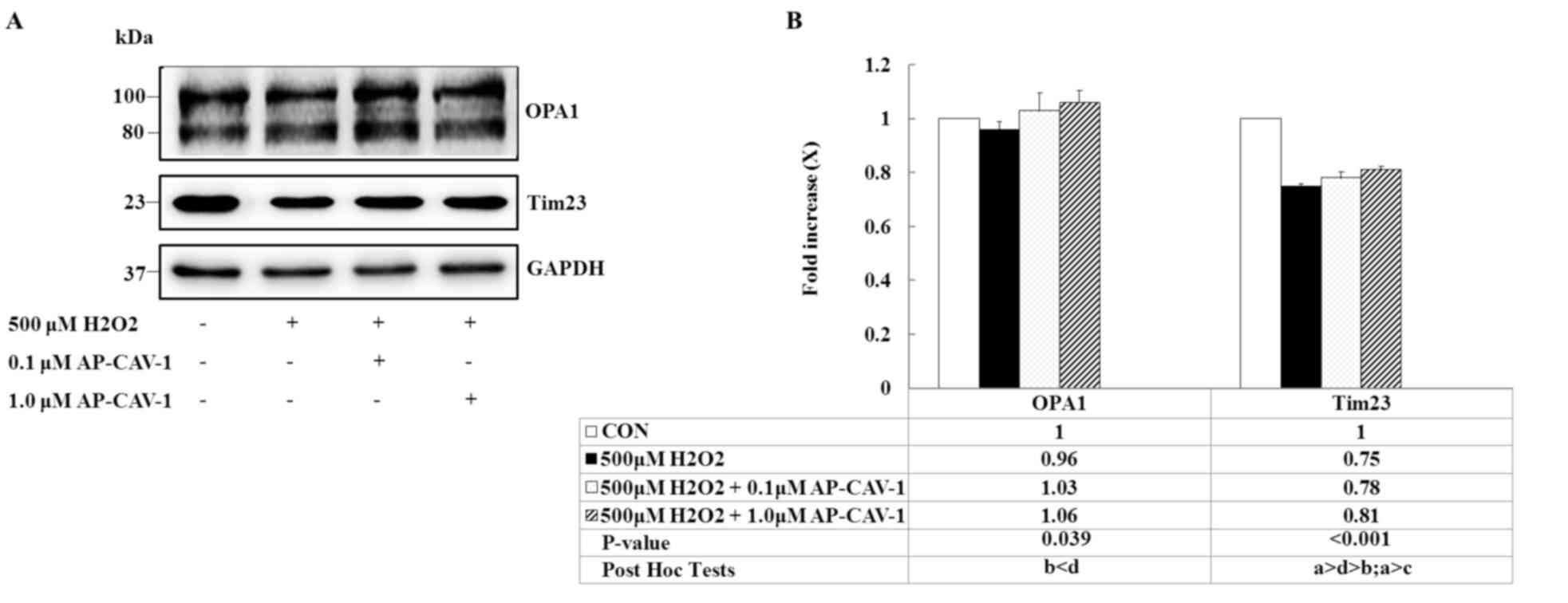|
1
|
Pavenstädt H, Kriz W and Kretzler M: Cell
biology of the glomerular podocyte. Physiol Rev. 83:253–307. 2003.
View Article : Google Scholar : PubMed/NCBI
|
|
2
|
Nagata M: Podocyte injury and its
consequences. Kidney Int. 89:1221–1230. 2016. View Article : Google Scholar : PubMed/NCBI
|
|
3
|
Asanuma K and Mundel P: The role of
podocytes in glomerular pathobiology. Clin Exp Nephrol. 7:255–259.
2003. View Article : Google Scholar : PubMed/NCBI
|
|
4
|
Ronconi E, Mazzinghi B, Sagrinati C,
Angelotti ML, Ballerini L, Parente E, Romagnani P, Lazzeri E and
Lasagni L: The role of podocyte damage in the pathogenesis of
glomerulosclerosis and possible repair mechanisms. G Ital Nefrol.
26:660–669. 2009.PubMed/NCBI
|
|
5
|
Kashihara N, Haruna Y, Kondeti VK and
Kanwar YS: Oxidative stress in diabetic nephropathy. Curr Med Chem.
17:4256–4269. 2010. View Article : Google Scholar : PubMed/NCBI
|
|
6
|
Bhatti AB and Usman M: Drug Targets for
Oxidative Podocyte Injury in Diabetic Nephropathy. Cureus.
7:e3932015.PubMed/NCBI
|
|
7
|
Mallipattu SK and He JC: The podocyte as a
direct target for treatment of glomerular disease? Am J Physiol
Renal Physiol. 311:F46–F51. 2016. View Article : Google Scholar : PubMed/NCBI
|
|
8
|
Panneerselvam M, Patel HH and Roth DM:
Caveolins and Heart DiseasesCaveolins and Caveolae: Roles in
Signaling and Disease Mechanisms. Jasmin JF, Frank PG and Lisanti
MP: Springer US; New York, NY: pp. 145–156. 2012, View Article : Google Scholar
|
|
9
|
Frank PG, Pavlides S, Cheung MW, Daumer K
and Lisanti MP: Role of caveolin-1 in the regulation of lipoprotein
metabolism. Am J Physiol Cell Physio. 295:C242–C248. 2008.
View Article : Google Scholar
|
|
10
|
Mercier I, Jasmin JF, Pavlides S, Minetti
C, Flomenberg N, Pestell RG, Frank PG, Sotgia F and Lisanti MP:
Clinical and translational implications of the caveolin gene
family: Lessons from mouse models and human genetic disorders. Lab
Invest. 89:614–623. 2009. View Article : Google Scholar : PubMed/NCBI
|
|
11
|
Trimmer C, Sotgia F, Whitaker-Menezes D,
Balliet RM, Eaton G, Martinez-Outschoorn UE, Pavlides S, Howell A,
Iozzo RV, Pestell RG, et al: Caveolin-1 and mitochondrial SOD2
(MnSOD) function as tumor suppressors in the stromal
microenvironment: A new genetically tractable model for human
cancer associated fibroblasts. Cancer Biol Ther. 11:383–394. 2011.
View Article : Google Scholar : PubMed/NCBI
|
|
12
|
Bosch M, Marí M, Herms A, Fernández A,
Fajardo A, Kassan A, Giralt A, Colell A, Balgoma D, Barbero E, et
al: Caveolin-1 deficiency causes cholesterol-dependent
mitochondrial dysfunction and apoptotic susceptibility. Curr Biol.
21:681–686. 2011. View Article : Google Scholar : PubMed/NCBI
|
|
13
|
Sörensson J, Fierlbeck W, Heider T,
Schwarz K, Park DS, Mundel P, Lisanti M and Ballermann BJ:
Glomerular endothelial fenestrae in vivo are not formed from
caveolae. J Am Soc Nephrol. 13:2639–2647. 2002. View Article : Google Scholar : PubMed/NCBI
|
|
14
|
Ostalska-Nowicka D, Nowicki M, Zachwieja
J, Kasper M and Witt M: The significance of caveolin-1 expression
in parietal epithelial cells of Bowman's capsule. Histopathology.
51:611–621. 2007. View Article : Google Scholar : PubMed/NCBI
|
|
15
|
Ren Z, Liang W, Chen C, Yang H, Singhal PC
and Ding G: Angiotensin II induces nephrin dephosphorylation and
podocyte injury: Role of caveolin-1. Cell Signal. 24:443–450. 2012.
View Article : Google Scholar : PubMed/NCBI
|
|
16
|
Zhang L, Ren Z, Yang Q and Ding G: Csk
regulates angiotensin II-induced podocyte apoptosis. Apoptosis.
21:846–855. 2016. View Article : Google Scholar : PubMed/NCBI
|
|
17
|
Wan X, Chen Z, Choi WI, Gee HY,
Hildebrandt F and Zhou W: Loss of epithelial membrane protein 2
aggravates podocyte injury via upregulation of caveolin-1. J Am Soc
Nephrol. 27:1066–1075. 2016. View Article : Google Scholar : PubMed/NCBI
|
|
18
|
Derossi D, Calvet S, Trembleau A,
Brunissen A, Chassaing G and Prochiantz A: Cell internalization of
the third helix of the Antennapedia homeodomain is
receptor-independent. J Biol Chem. 271:18188–11893. 1996.
View Article : Google Scholar : PubMed/NCBI
|
|
19
|
Bucci M, Gratton JP, Rudic RD, Acevedo L,
Roviezzo F, Cirino G and Sessa WC: In vivo delivery of the
caveolin-1 scaffolding domain inhibits nitric oxide synthesis and
reduces inflammation. Nat Med. 6:1362–1367. 2000. View Article : Google Scholar : PubMed/NCBI
|
|
20
|
Livak KJ and Schmittgen TD: Analysis of
relative gene expression data using real-time quantitative PCR and
the 2(-Delta Delta C(T)) method. Methods. 25:402–408. 2001.
View Article : Google Scholar : PubMed/NCBI
|
|
21
|
Nath KA, Fischereder M and Hostetter TH:
The role of oxidants in progressive renal injury. Kidney Int Suppl.
45:S111–S115. 1994.PubMed/NCBI
|
|
22
|
Johnson RJ, Lovett D, Lehrer RI, Couser WG
and Klebanoff SJ: Role of oxidants and protease in glomerular
injury. Kidney Int. 45:352–359. 1994. View Article : Google Scholar : PubMed/NCBI
|
|
23
|
Chen F, Barman S, Yu Y, Haigh S, Wang Y,
Black SM, Rafikov R, Dou H, Bagi Z, Han W, et al: Caveolin-1 is a
negative regulator of NADPH oxidase-derived reactive oxygen
species. Free Radic Biol Med. 73:201–213. 2014. View Article : Google Scholar : PubMed/NCBI
|
|
24
|
Sun LN, Liu XC, Chen XJ, Guan GJ and Liu
G: Curcumin attenuates high glucose-induced podocyte apoptosis by
regulating functional connections between caveolin-1
phosphorylation and ROS. Acta Pharmacol Sin. 37:645–655. 2016.
View Article : Google Scholar : PubMed/NCBI
|
|
25
|
Volonte D, Liu Z, Musille PM, Stoppani E,
Wakabayashi N, Di YP, Lisanti MP, Kensler TW and Galbiati F:
Inhibition of nuclear factor-erythroid 2-related factor (Nrf2) by
caveolin-1 promotes stress-induced premature senescence. Mol Biol
Cell. 24:1852–1862. 2013. View Article : Google Scholar : PubMed/NCBI
|
|
26
|
Hsieh SR, Hsu CS, Lu CH, Chen WC, Chiu CH
and Liou YM: Epigallocatechin-3-gallate-mediated cardioprotection
by Akt/GSK-3β/caveolin signalling in H9c2 rat cardiomyoblasts. J
Biomed Sci. 20:862013. View Article : Google Scholar : PubMed/NCBI
|
|
27
|
Mougeolle A, Poussard S, Decossas M,
Lamaze C, Lambert O and Dargelos E: Oxidative stress induces
caveolin 1 degradation and impairs caveolae functions in skeletal
muscle cells. PLoS One. 10:e01226542015. View Article : Google Scholar : PubMed/NCBI
|
|
28
|
Shang F and Taylor A: Ubiquitin-proteasome
pathway and cellular responses to oxidative stress. Free Radic Biol
Med. 51:5–16. 2011. View Article : Google Scholar : PubMed/NCBI
|
|
29
|
Pickering AM and Davies KJ: Degradation of
damaged proteins: The main function of the 20S proteasome. Prog Mol
Biol Transl Sci. 109:227–248. 2012. View Article : Google Scholar : PubMed/NCBI
|



